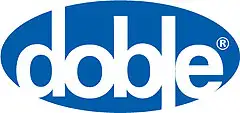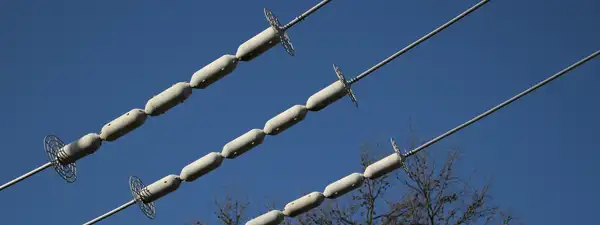Electrical Protection
Protection for Renewable Energy Systems
Integration with Existing Grid Protection
Protection Coordination
Advancements in Software for Time-Current Curve Analysis
Circuit Breakers
Benefits of SF6 Breakers in Grid Stability
Ground Fault Protection
Preventing Electrical Fires: How GFCIs Can Minimize Arcing and Overheating Faults
Overvoltage Protection
Integrating Line Surge Arresters with Smart Grid Technologies for Proactive Maintenance
Protection
Operational Efficiency and Energy Savings
The advent of smart earth leakage protection, represented by advanced Earth Leakage Circuit Breakers (ELCBs), marks a significant stride in enhancing operational efficiency and achieving energy savings in electrical systems. These modern devices not only safeguard against ground faults but also bring intelligence to system management, contributing to optimized operations and reduced power loss. This article delves into how smart earth leakage protection can lead to operational efficiency and energy savings.
Smart ELCBs: Beyond Basic Protection
Smart ELCBs integrate sophisticated technologies that offer more than traditional ground fault protection, providing insights and controls that contribute to system efficiency.
Advanced Detection and Monitoring
These devices are capable of detecting minute leakages and irregularities in the electrical system, allowing for immediate response and reducing the likelihood of major power losses or failures.
Real-Time Data Analysis
Smart ELCBs offer real-time monitoring and data analysis, enabling a deeper understanding of power system behavior and facilitating the identification of energy-saving opportunities.
Enhancing Operational Efficiency
The integration of smart earth leakage protection into electrical systems enhances operational efficiency through improved management and control capabilities.
Preventive and Predictive Maintenance
By analyzing data collected from smart ELCBs, maintenance teams can shift from reactive to preventive and predictive maintenance...
















_1744640879.png)
